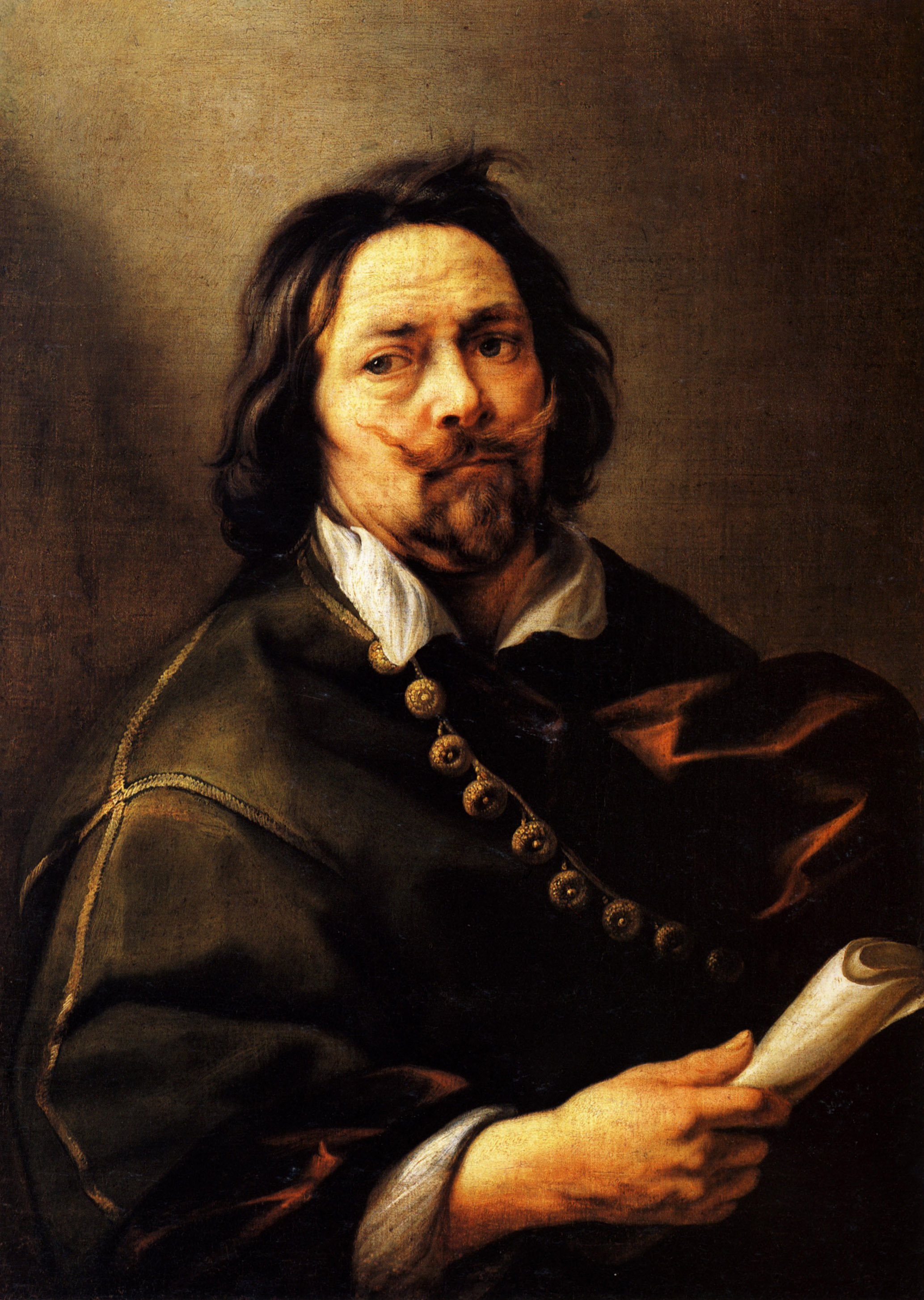The artwork we present today was commissioned for Huis ten Bosch in The Hague, which now serves as a Dutch royal residence. The site for this magnificent palace was given to Frederick Henry, Prince of Orange, in 1645 by the Dutch Republic. The main hall was decorated with a cycle of paintings celebrating the deeds and virtues of Frederick Henry. Triumph represents the culmination of this artistic cycle and was brought to life by Jacob Jordaens, who, following the passing of both Rubens and Anthony van Dyck, emerged as the foremost painter of the Spanish Netherlands.
Let us delve deeper into this quintessential Baroque masterpiece. In Jordaens' opus, we find Frederick Henry adorned in armor and a rich crimson cloak, reminiscent of the attire of ancient Roman triumphs. He sits regally upon a throne within a triumphant chariot. Positioned behind him is a golden sculpture of Victoria, wielding two wreaths, placing one upon Frederick Henry's head and extending the other towards Frederick Henry's son, William II of Orange, portrayed as a youthful equestrian figure in the lower-right corner. The nude figure of Hymen, positioned behind William, adorns him with a golden wreath, crowned by a larger crown. Within this wreath, two clasped hands symbolize William's union with Mary, the daughter of James II. The chariot is drawn by four majestic white horses adorned with gilded harnesses. Among these horses, a figure dressed in turquoise attire rides one, bearing a cornucopia brimming with fruits and ears of grain, symbolic of abundance. Minerva on the left and Mercury on the right are flanking the horses, the former representing wisdom, martial virtue, and cunning. Beneath their hooves, the horses trample two menacing serpents, symbolizing Discord, and a figure biting a heart, representing Envy. Positioned ahead of the horses are two lions, embodying bravery and courage.
We hope that 2024 will be triumphant for you; we are sure that it will be with our 2024 DailyArt Calendars!
P.S. If you haven't heard about Jacob Jordaens, you should definitely change that! His art is spectacular! Explore some of his most famous masterpieces! If you're hungry for more magnificent Baroque painting, see the articles below. :)

.jpg)
 Jacob Jordaens
Jacob Jordaens